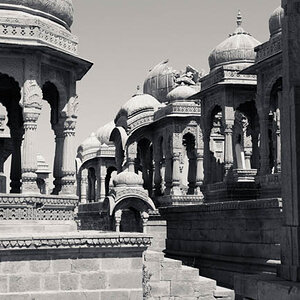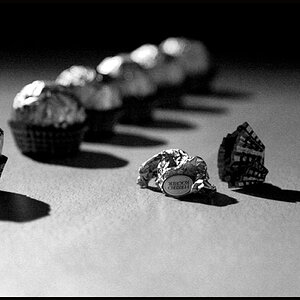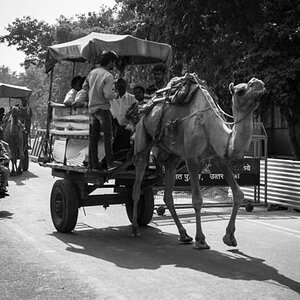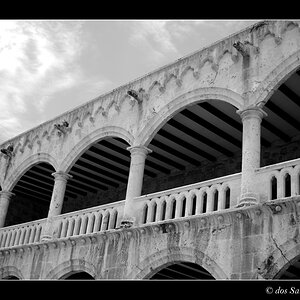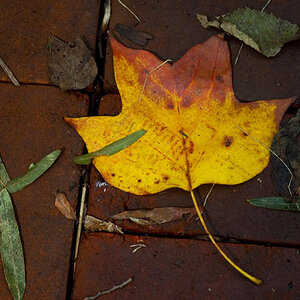Redeyejedi
TPF Noob!
- Joined
- Nov 3, 2010
- Messages
- 161
- Reaction score
- 17
- Location
- Los Angeles, California
- Can others edit my Photos
- Photos OK to edit
ok the three passes thing was funny, got me laughing....thanks for that.
but quick question, how is it faster if one does the multiple exposures and stitch the shots? in some cases there are many images and just shooting that many takes longer than scanning.
EDIT-not lazy...more interested, and a tad confused(have a epson750, bellows, and 105macro and about 8000 negatives....150 i'd like to scan)
but quick question, how is it faster if one does the multiple exposures and stitch the shots? in some cases there are many images and just shooting that many takes longer than scanning.
EDIT-not lazy...more interested, and a tad confused(have a epson750, bellows, and 105macro and about 8000 negatives....150 i'd like to scan)
Last edited:


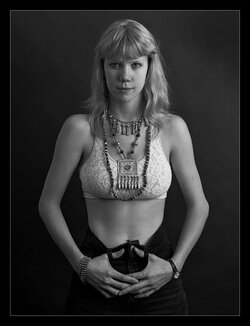


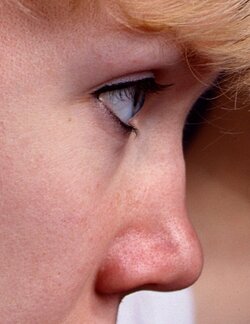
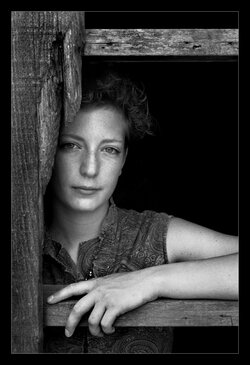
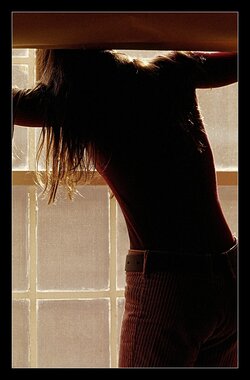
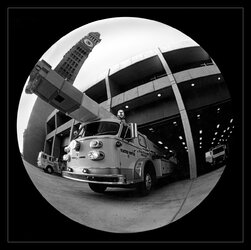
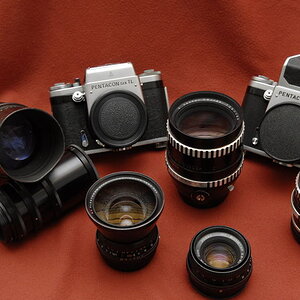
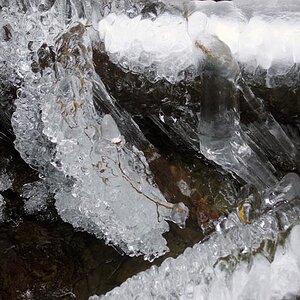
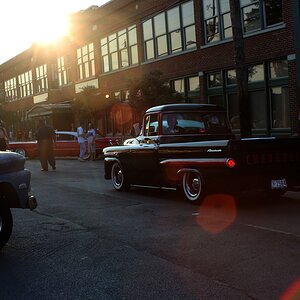
![[No title]](/data/xfmg/thumbnail/37/37491-9a5a4b87cc7adab94e5cc59f2da93701.jpg?1619738112)

![[No title]](/data/xfmg/thumbnail/37/37493-07470d1244285a42bb716c7df65abfda.jpg?1619738112)
